from American Vision:
State Constitutions and the Tenth Amendment
By admin
Published: May 27, 2009
XHello there! If you are new here, you might want to subscribe to our RSS feeds for updates on this topic and others.
Our early state constitutions were our first constitutions. They were the fundamental laws of their states, in most states replacing the colonial charters. (Connecticut retained its colonial charter as its constitution until 1818; Rhode Island, until 1842.) They grew out of more than 140 years of their separate histories which gave them distinctly different, deeply rooted cultural and governmental traditions. They were products of the collective worldviews and values, the histories and corporate identities of the people of each of our states which were striving to win their independence, or had won their independence, from Great Britain.
These state constitutions established and defined the institutions of civil government for each state. They defined the powers of civil government for their respective states and placed legal limits on the authority and powers of civil government’s institutions, offices, and officials. Through these means and the formation of declarations of rights or bills of rights they placed legal limits on the kinds of laws each state government (and its legal “creatures,” the local governments) could enact. They stated rights of the people of their states which civil government could not legally transgress.
These early American constitutions, with their declarations or bills of rights, were Christian documents—some more manifestly, even beautifully, so than others. They honored God, recognizing His existence and stating (some more fully than others) certain truths about His nature: Almighty, Creator, Lord, Governor of the Universe, Savior, Inspirer of the Scriptures of the Old and New Testaments, and the like. These are Christian affirmations, not products of eighteenth-century Deism. Many of these declarations implied that the people of the given state are in a covenantal relationship with God: in their recognition of Him as the “Governor of the Universe,” the “Great Legislator of the Universe,” and their recognition of His divine providence. This covenantal relationship is particularly clear in their numerous statements—reminiscent of Deuteronomy 8, 28, and Leviticus 26—of the necessity of “religion,” Christianity, to the preservation of virtue in the people and of the necessity of virtue to the preservation of liberty. They spoke of “rights,” “natural rights,” and “the law of nature,” but the context of these statements made it clear that these rights, and that law, are from God. Some constitutions had Christian oaths or affirmations—of belief in Christianity, Trinitarian Christianity, or Protestant Christianity—which holders of public office were required to make.
To one degree or another, these constitutions, bills of rights, and declarations of rights were based on a Christian view of the nature of man. They saw man as having been created by God (not “evolved”!); thus they saw man as being valuable (and far more important than animals). They saw man as being responsible, under God, for his actions: not as a naturally “neutral,” much less “naturally good,” product determined by his environment. They saw man as having certain inherent, God-given rights, liberties, and duties. Given the overwhelming predominance of Christianity in these states (contrary to the myth that America of the day was dominated by “Enlightenment” rationalism)—in religion, education, law, legal thought, legal education, and political thought—it is easy to see that such “rights” were based on biblical ethical thought. The right to life was based on God’s law’s prohibition of murder (with no pietistic, humanistic, antinomian prohibitions of capital punishment for those whom God’s law deems worthy of death). The God-given right to liberty meant freedom within the boundaries of Christian morality. The right to religious freedom or the freedom of worship meant the freedom to worship God within the boundaries of Christian morality (not an unbounded freedom of men to engage in all manner of sins under the guise of “religious worship”). The right to property was based on God’s law’s prohibition of covetousness, adultery, and theft.
Consistent with the Bible’s teaching that all men are fallen in sin, these governmental documents were founded not upon a confidence in human nature but instead on a realistic distrust of the nature of man—of all men including the officials of civil government. Consistent with Romans 13’s teaching that civil government is a ministry of God to protect those who do good and punish and so restrain those who do evil, these constitutions and their bills or declarations of rights saw the purpose of civil government, under God, as to protect men’s God-given rights against both the private and the governmental actions of men. Denying the neutrality or goodness of man and believing his sinfulness, they framed civil governments. Believing that all men are sinners, they made written constitutions, buttressed with bills of rights or declarations of rights, to limit the authority and powers of the rulers of civil government—and the authority of “great men,” minorities, or majorities in control of the machinery of civil government. They designed republican (representative) governments so that the people of their states could influence their civil governments, but they made these limited governments. They designed systems of separation of powers, with checks and balances between and among the legislative, executive, and judicial branches of their governments to do what they thought best to prevent these institutions and officials from usurping power and violating the people’s rights and liberty. They implied (because they were products of each colony’s resistance to British tyranny), and in some cases explicitly stated the right of resistance against arbitrary, unjust laws and tyranny.
And, consistent with biblical teaching, they did not rely on the design of their constitutions alone, nor on that plus their bills of rights or declarations of rights. Rather, they taught that the preservation of liberty depends on the preservation of morality or virtue among the people, which in turn depends on the continuing influence of “religion,” or Christianity on the people. They talked of “free government,” but they meant by it a civil government which protects the freedom and honors the rights of the people, not a civil government free to do whatever its rulers think best. They taught that “free government” cannot be maintained if the people are not virtuous, and that “religion” is the foundation of that necessary virtue, and so of freedom.
These states’ constitutions, declarations, and/or bills of rights were more than works of necessity. They were the products of their respective cultures, or subcultures, histories, and cherished ways of life. They were, by the language of the Declaration of Independence, the constitutions, declarations, and bills of rights of nations, of separate and equal peoples which had won their stations as in principle equal to the other nations of the earth. The people of each of these states wanted to preserve and protect not only their individual liberty but also their corporate identities as sovereign states, their beliefs and values, their ways of life. They were willing to give up, at least for the foreseeable future, a small portion—a very small portion—of their state’s authority in order to better protect their individual liberty and their state’s corporate identity via the Articles of Confederation.
The American Vision on Facebook
When the government of the Articles did not work well, they were willing to delegate a little more authority and power to the new governmental system established by the Constitution. But only a little more authority and power. Not enough to threaten their own state’s (or, in principle, any other state’s) corporate identity or its right to govern itself. Nor enough to threaten their states’ protection of their people’s individual liberty. For the Constitution’s federal system of civil government was intended to be consistent with the states’ constitutions, bills of rights, and/or declarations of rights: not to threaten them, nor the corporate identities, nor the ways of life they were framed to protect.
That is why, when thoughtful opponents of the Constitution—and thoughtful men who were neither opponents nor advocates of its ratification—raised legitimate questions about the efficacy of the Constitution to preserve and protect individual liberty, justice, and the rights or powers of the states to govern themselves and preserve their ways of life, so many states’ legislatures or ratification conventions proposed amendments to the Constitution protecting the reserved powers of the states. That is why what became the Tenth Amendment was so easily added to the Constitution: “The powers not delegated to the United States by the Constitution or prohibited by it to the States, are reserved to the States respectively, or to the people.”
Wednesday, September 22, 2010
Subscribe to:
Post Comments (Atom)
.gif)



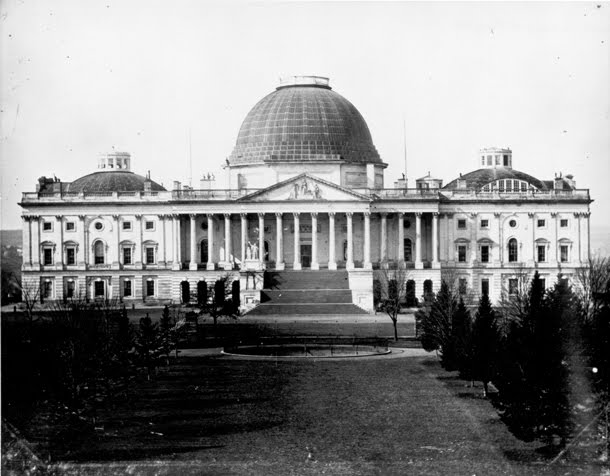









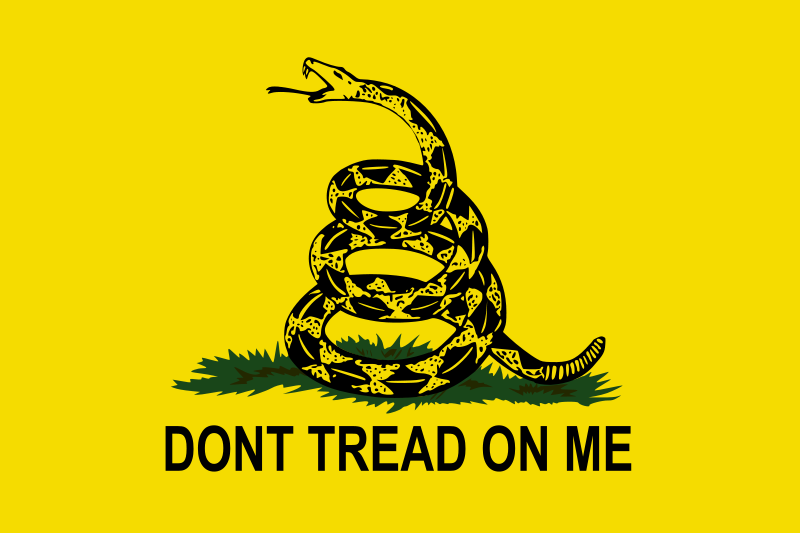
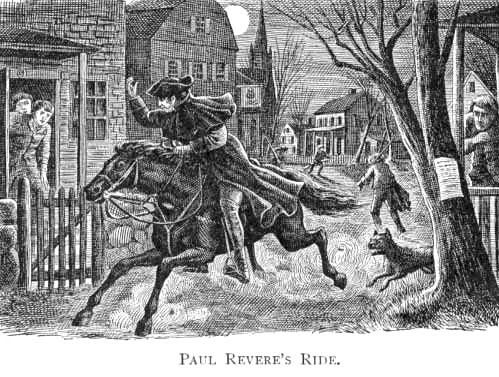

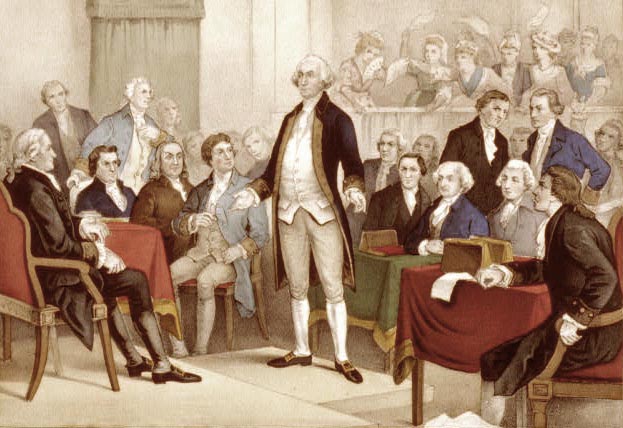

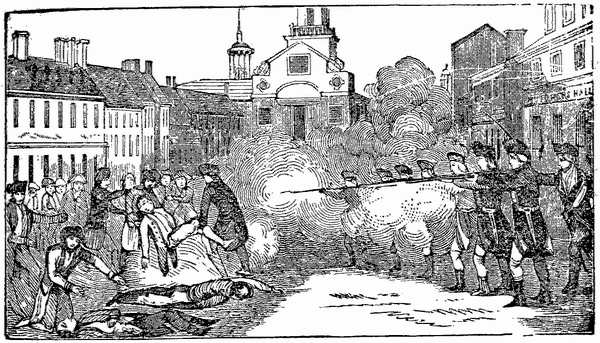
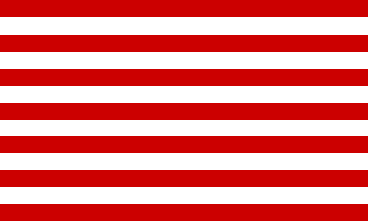
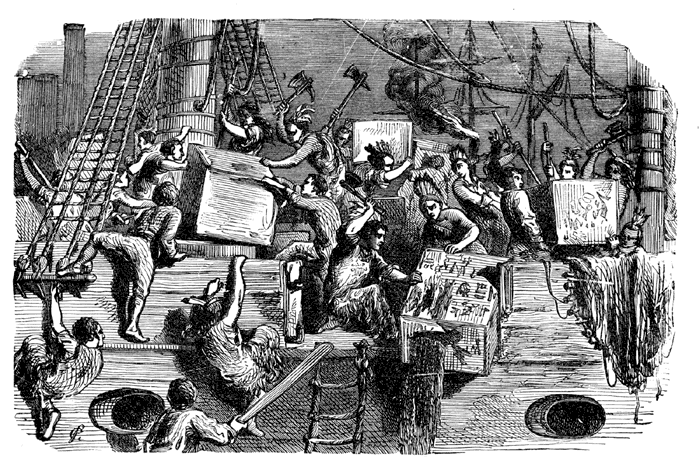




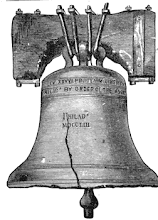




No comments:
Post a Comment